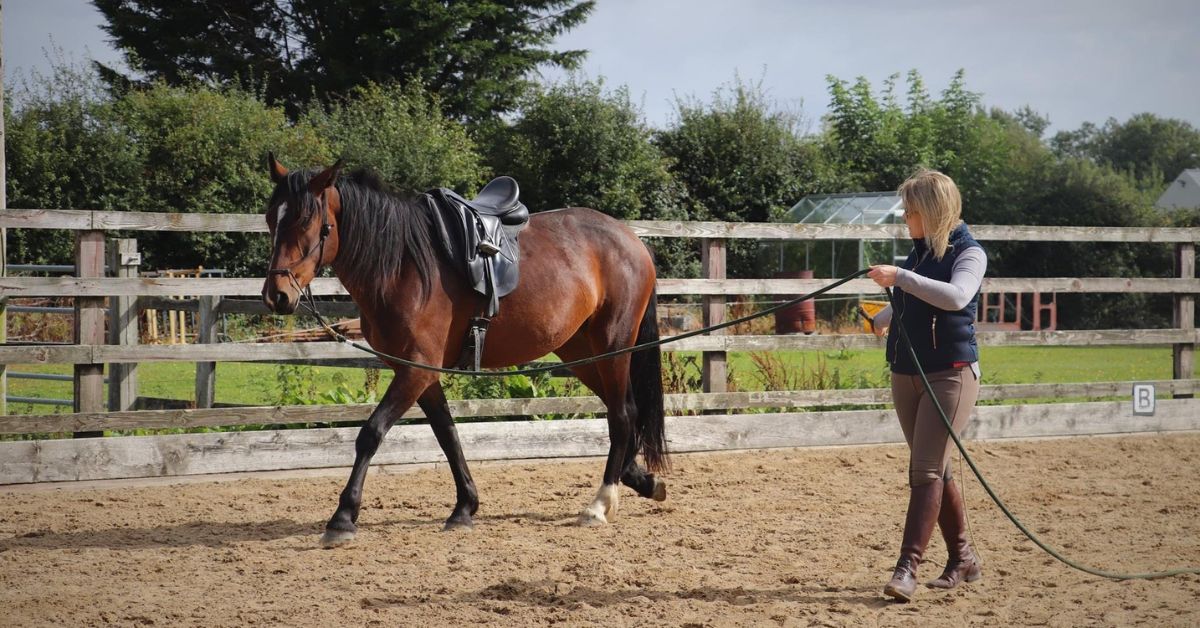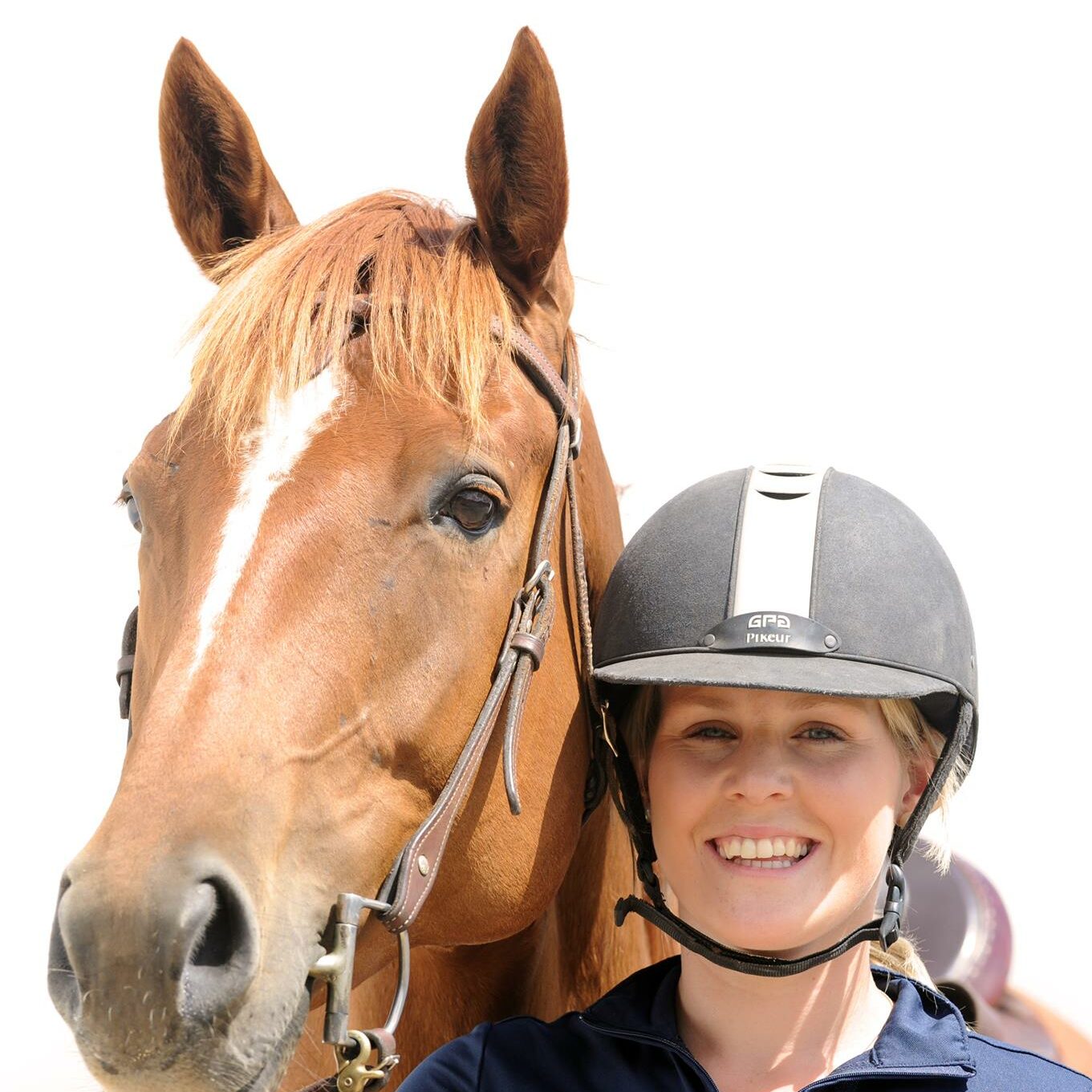In part two of this mindfulness series we look at the mindful attitudes of;
- Patience
- Trust
- Non-Striving
- Generosity
- Gratitude
Patience
‘Patience is not passive waiting. Patience is active acceptance of the process required to attain your goals and dreams.’
Ray A. Davis
The virtue of patience is something we could all benefit from in both our everyday and equestrian lives. In modern equestrianism speed and progress are prized and revered. The goal is often to develop horses quickly, to be faster, more balanced and more athletic. However, when we look at many of the European classical schools they take many years, even decades to develop a horse to high levels of performance and athleticism. Equally if you look at modern dressage horses, many of them are well into their teens when they start to perform well at grand prix level. The world famous Valegro was considered young at ten years of age to win an Olympic medal at the London, 2012 Olympics. We can find ourselves aspiring to short term equestrian goals that often lend themselves to being long term goals.
Mindfulness teaches us patience and informs us that when we are impatient we are out of balance with ourselves and also those around us, including our horses. When we are impatient we are not in the present moment (Kabat-Zinn, 2013). In order to be patient, we have to remind ourselves during times of impatience that some things take time and slowness is a necessity. When we can offer ourselves and our horses’ greater levels of patience we are in fact acting from a place of compassion and acceptance which inadvertently allows progress to take place.
Furthermore, when we operate in a state of impatience our horses can feel the energetic buzz emanating from us and this in itself can place pressure upon the horse and create incongruence within the relationship. We cannot be patient all the time, but awareness of the need for patience & being able to gently remind ourselves that a slower pace with ourselves and our horses is perfectly acceptable. We are worthy of taking our time.
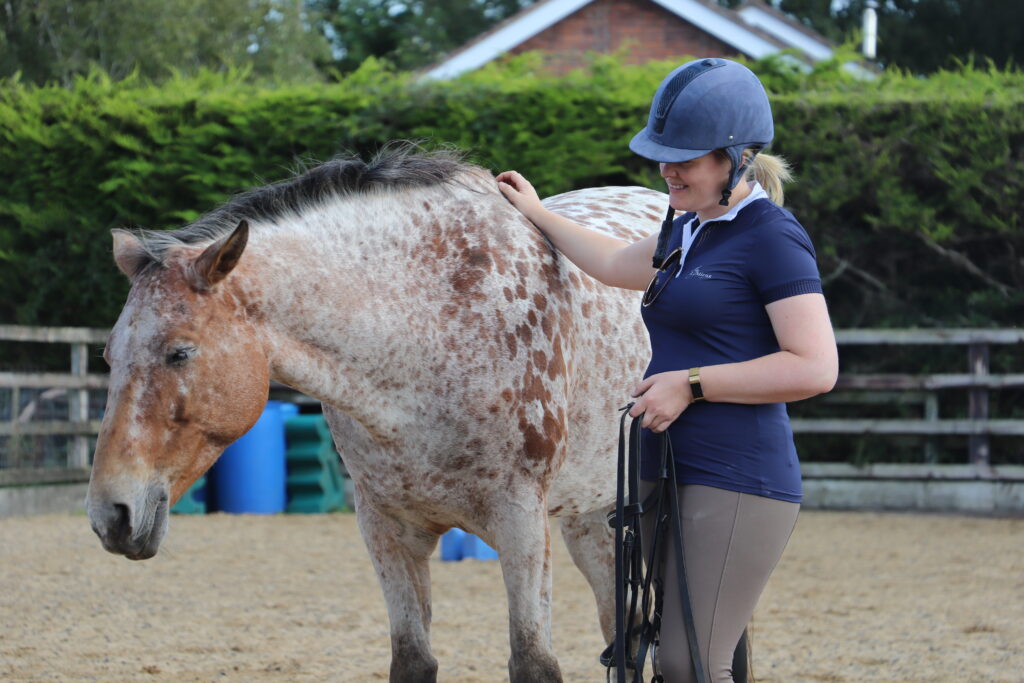
Trust
As humans we can find it hard to relinquish control and to trust in the process of life. In the current global situation with Covid 19, the war in Ukraine, Brexit & global inflation our ability to trust is more compromised than ever. So many things we took for granted are now uncertain.
We need to trust that in our life things are unfolding as they are meant to and furthermore remind ourselves that we have overcome many challenges in the past.
Self-Trust
When we learn to trust ourselves to make good decision we have greater control over our equestrian endeavours. Self-trust allows us to find our voice and claim space for ourselves and our horses. Self-trust manifests its self in many ways such as trusting that we will make safe decisions for ourselves and our horses, speaking up at a clinic or lesson to let an instructor know where we are at and what we are comfortable with.
When we learn to trust the process and ourselves, we let go of the need to control things knowing we have the ability to deal with future challenges.
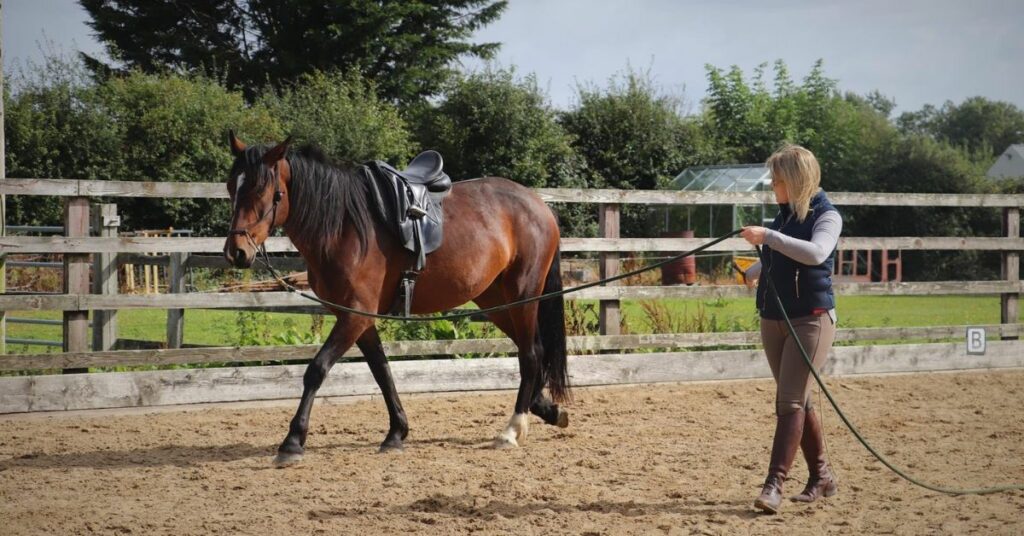
Non-Striving
Much like the attitude of patience the stimulus to strive and push for greater success is engrained in us from a young age and many of us have strong beliefs that you have to work really hard in order to achieve success. Undoubtedly hard work is a huge component of success, but we can also incorporate acceptance and patience as part of your active success strategies.
It is important to remind ourselves that we are in fact human beings and not human doings. Sometimes less striving can actually bring us closer to our goals and successes.
We can in fact do less and achieve more (Kabat-Zinn, 2013). This paradox exists on the premise that when we operate in a state of mindfulness or presence we are more conscious and our decisions and actions are authentically informed by the present moment as opposed to by the past or future. The attitude of non-striving also reminds us that not everything needs to be done right now, there is an abundance of time to achieve all that we want in life & with our horses.
When we are with our horses in a balanced connected way we often achieve more in shorter periods of time, this is a helpful consideration as we now face the shorter days of winter ahead.
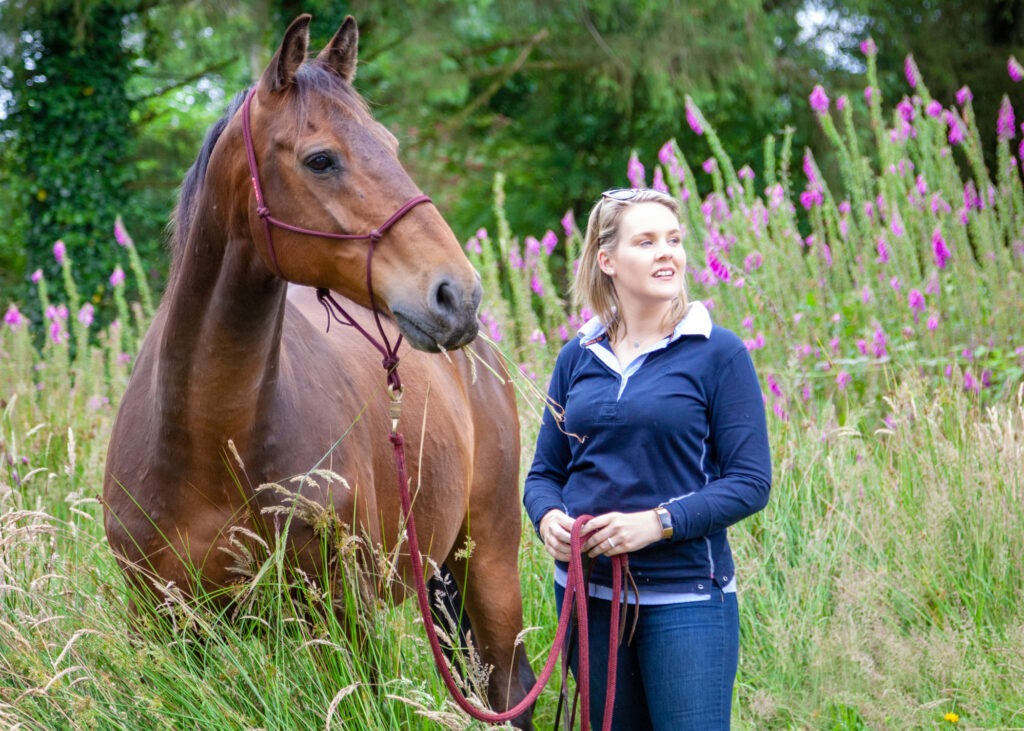
Generosity
Generosity comes in many forms and one such form is the generosity of giving another being your full attention. Not being attached to the outcome of a scenario and being truly present creates space for our human and equine partners to be seen, heard and held. Horses live their lives in the present moment and when we attempt to join them in the present it strengthens our bond and connection with them.
With one of my own horses Charlie I always wanted him to be more present, attentive, less emotional, more athletic and so on and this constant striving for better moments left us disconnected & in a state incongruence. When I included mindfulness in my practice I was able to capture greater moments of harmony and partnership, I was present to him regardless of how physically, mentally or emotionally balanced or unbalanced he was. I try to accept him as he is, good, bad or indifferent, naturally this is challenging to manifest in every moment, but when you experience those moments of true togetherness you are always striving to get back to them. When I am generous & forthcoming with my attention my attunement and partnership with Charlie is strengthened.
Gratitude
Even to be in the presence of a horse is something to be grateful for. For thousands of years people have marvelled at the beauty and majesty of horses and even to look at a horse can be an uplifting experience. When we practice gratitude, it shifts our mindset to one that easily sees the positive and abundance in our lives.
Martin Seligman a psychologist at the University of Pennsylvania found that participants who sent a letter of gratitude to an individual who had never been properly thanked for his or her kindness, immediately exhibited a huge increase in happiness scores. This impact was greater than that from any other positive psychology interventions used within the study, the benefits of which lasted up to a month.
A simple activity to start your gratitude practice is to make a list of things you are grateful for within your equestrian life;
- I am grateful to be in the presence of horses on a regular basis.
- I feel immensely grateful to be able to ride my horse twice a week.
- I am grateful that we can now get right lead changes.
- I am really pleased that I can now pick all four of my horse’s feet.
- I am grateful for the opportunity to practice lateral work and know that we are learning together.
Conclusion
The mindful attitudes are a wonderful way to unpack and understand our experiences with our horses. Each attitude assists us in looking at what areas we need to address in order to come back into greater harmony and balance within our equine partnerships. A mindfulness approach has the ability to move our equine interactions from being just transactional to transformative exchanges.
Mindfulness Exercises:
The Body Scan:
Standing a safe distance from your horse or sitting on a mounting block place both feet on the ground. Push your feet into the ground gently, really feeling the ground beneath you. Begin your body scan by breathing into each area of the body, inhaling, holding and exhaling for as long as is comfortable. Continue your body scan travelling up through your legs, torso, back, arms, shoulders, head, and face. As you slowly scan your body note how each part of your body feels; tense, relaxed, painful. As you scan your body and notice how you feel, do not judge it, just notice it. When you encounter any feelings of tension imagine each exhale releasing the tension from the body. When you have completed the body scan continue the breathing pattern of inhaling, holding and exhaling, as you complete each breath repetition begin to notice things that you can see and hear around you in order to bring you back into connection with your surroundings.
Mindful Grooming:
Whilst grooming your horse feel the brush as it easily moves over each lump, bump, and curve of your horse. Imagine if you were never to groom your horse again could you remember each part of the horse and how it felt to brush there. Focus on how your horse responds to being groomed, which brushes do they prefer, do they have any tender spots? etc. This exercise supports us to be in the present, but also allows your horse to have a voice and to give feedback, which in turn builds relationship & partnership.
References:
Kabat-Zinn, J., (2013) ‘Full Catastrophe Living: Using the Wisdom of Your Body and Mind to Fcae Stress, Pain, and Illness’ Bantam Books, New York.
